Say Hello!
Sign In
- Health and Safety
How lack of oxygen affects you on treks
If you are bored of your usual office - home; and home - office infinity loop, taking a break is surely a practical idea. Holidays are not only refreshing but the memories, they engrave in your hearts are what really add meaning to your lives. Amidst the hustle and the mad race that the world puts us in, escaping into the wild nature can be really comforting. While there are many ways to traverse through the wild, trekking is known to be one of the most preferred activities of all time. On a side note, if you seem to be an enthusiast learner it can be a great sport for you to indulge in. It is not only thrilling but also a perfect activity that helps you encounter yourself up close both physically and mentally. A firm belief, determination, and basic knowledge are all that you really need to get started. So while you attempt to gather your spirits, we have compiled some basic points that you as a trekker should know before kick-starting.
Trekking of course is tiring, climbing upwards along with quite a heavy backpack is not as smooth as the movies portray it to be. A key point to remember here is that when this tiredness is observed along with headache or nausea it is likely that you may be suffering from altitude sickness or mountain sickness. As a matter of fact oxygen content is lower at high altitudes, this is primarily because the composition of air thins out as you elevate to higher altitudes resulting in decreased amounts of all the gases including oxygen in the air. Lower oxygen content calls for altered adaptation of your body. Your body being residential to low altitudes and accustomed to a sufficient quantity of oxygen in the air finds it difficult to function when exposed to reduced amounts of oxygen observed at higher altitudes. One of the remarkable traits of our body is its ability to adapt and adjust. Our body is capable of acclimatization but this is a time-consuming process. When you deprive your body of this time and rapidly elevate to extreme heights, the possibility of avoiding altitude sickness reduces.
There are three broad stages or forms of this illness. Headache, tiredness, and vomiting, etc are symptoms indicating the mildest form of altitude sickness. This stage is usually common amongst most trekkers and is known as acute mountain sickness. However, this form is not a matter of serious concern. One can take due rests and suggested drugs to improve symptoms. Anyhow, one usually doesn't stop trekking at this stage though you should be cautious and if the symptoms persist, you should go to a lower altitude, wait for your body to acclimatize, and then start hiking upwards again. The second form of altitude sickness is diagnosed when one continues to experience symptoms of acute mountain sickness along with more serious symptoms such as fever and shortness of breath despite being at rest. It is recommended to be more cautious at this stage, immediately stop gaining height, and rush to lowers levels. This stage is referred to as high-altitude pulmonary edema or HAPE. The third stage of altitude sickness is observed when your body fails to acclimatize resulting in serious symptoms like fatigue and sometimes even coma and death. This is stage is known as high-altitude cerebral edema or HACE.
Lack of oxygen directly leads to altitude sickness and continued deprivation of it leads to serious stages of altitude sickness like HAPE and HACE. When the surrounding air carrying low amounts of oxygen is respirated, it automatically results in reduced amounts of oxygen in the blood, this is called hypoxemia. Headache, increased heartbeat, wheezing and coughing, etc are the possible inconveniences that are known to happen in hypoxemia. On the other hand, different parts of our bodies have fixed requirements of oxygen and when the blood in our bodies fails to meet these requirements, it results in low oxygen content in the tissues and this is called hypoxia. Changes in the skin color, confusion, fast or slow heart rate, sweating, etc are known to be the common symptoms of hypoxia. When a person at High altitudes inhaling the air with low oxygen content is diagnosed with hypoxemia there is a strong possibility of it precipitating into increased pulmonary arterial and capillary pressure, increased capillary bed distention, increased permeability of the stress failure subsequently leading to the leakage of cells and proteins into the alveoli. This is nothing but pulmonary edema aka high altitude pulmonary edema or HAPE. Consequently, the major cause of HACE is found to be hypoxia. Reduced amounts of carbon dioxide or hypocapnia is also known to influence HACE. At extremely high altitudes there is increased pressure which causes the leakage of the increased extracellular fluid caused by hypoxia through the vasogenic endothelium into the brain. Hence, leading to the swelling of the brain with fluid which is termed as cerebral edema aka high-altitude cerebral edema or HACE. The reason why some people are vulnerable to HACE and some are not is still vague. However, there are a number of things known to be responsible for it, different individuals also seem to face different symptoms. Hallucinations, stupor, and ineffectiveness of the non-steroidal anti-inflammatory drugs are some of the most prevailing symptoms that are noted. The ultimate root cause of all these inconveniences is nothing but the lack of oxygen which is most common during treks.
While there are a couple of problems that you as trekker can face due to lack of oxygen, probable solutions for the same are also known. The easiest of all is the consumption of drugs like acetazolamide or diaxom at the beginning of the trek. One can afford to consume these without observing any symptoms as a preventive measure. These medicines encourage or facilitate the passage of oxygen into the body and hence help to improve the symptoms of altitude sickness. Consuming any one of these or other similar prescribed drugs twice a day throughout the trek is advisable. These drugs are also usually easily available. The only thing to keep in mind is to make sure that you are not allergic to any of these drugs. Hence consulting your doctor before it's consumption is suggested. The second most preferred solution to avoid the disturbances caused due to lack of oxygen on treks is to elevate slowly. Trekking at a pace of 300 meters or 1,000 ft per day is advised, elevating at a speed more than this deprives your body the sufficient time it requires to acclimatize ultimately making you more prone to altitude sickness. So it is important to hold your horses and not let the excitement and thrill of trekking overpower you. Slow and steady certainly wins the race here. Other reminders are to stay hydrated and maintain a proper diet preferably American during the trek. Spices, alcohol, and tobacco should also be avoided. Also, dry fruits can be a boost during treks and the best suitable alternatives for energy or protein bars. These are some of the most likely ways to improve or avoid the symptoms of altitude sickness. This illness though remains really common amongst most trekkers should not be taken lightly. It is the basic symptoms of the mildest form that mount to severe symptoms of the fatal form when not considered with due importance. Hence with precaution, alertness, and enthusiasm one is most likely to trek with the breeze.

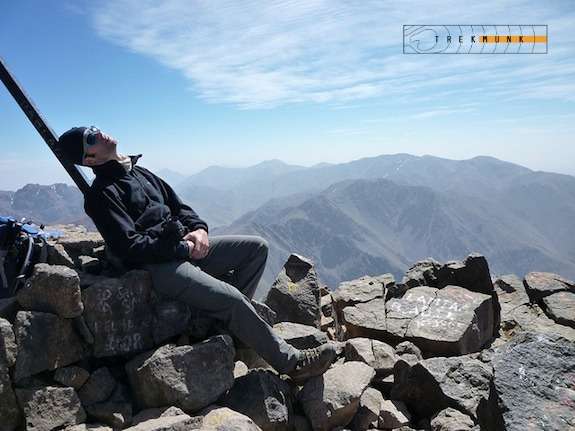
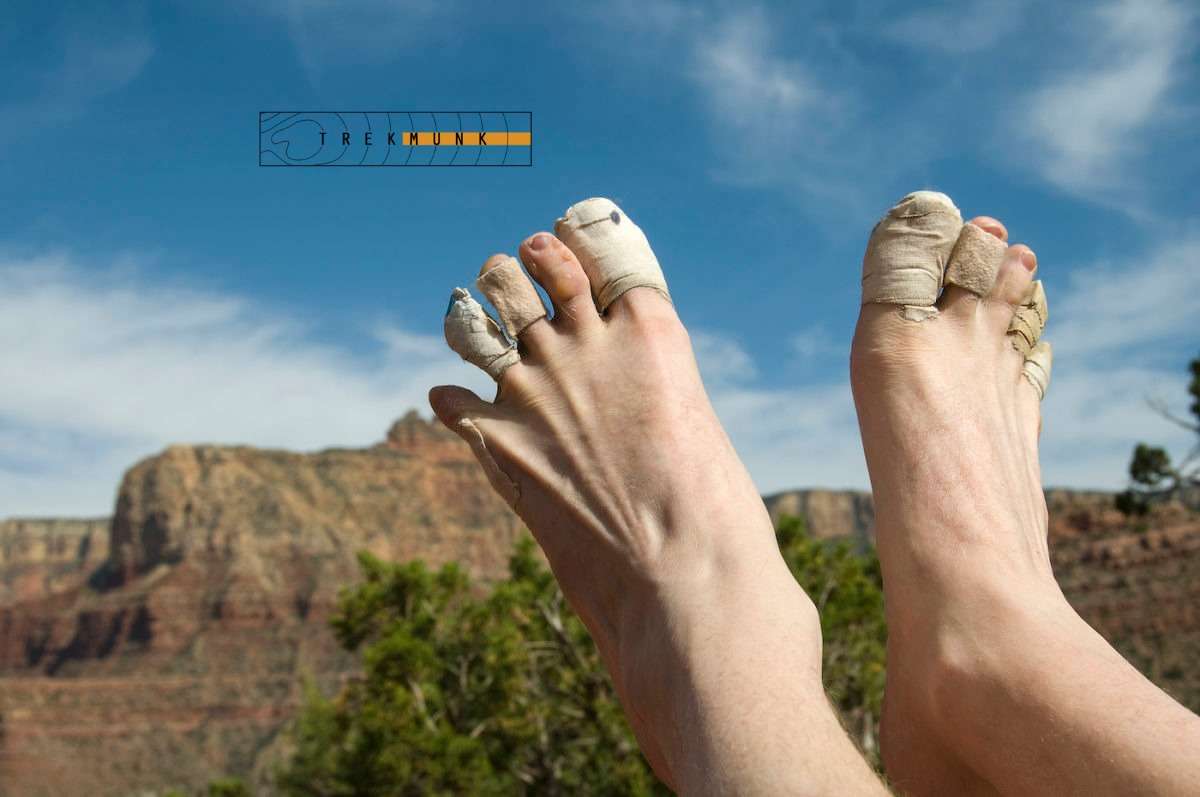
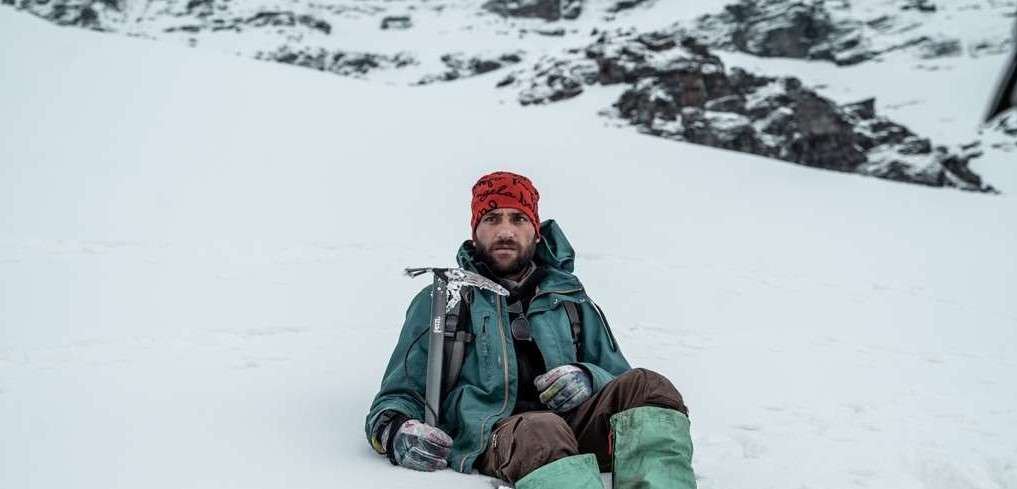
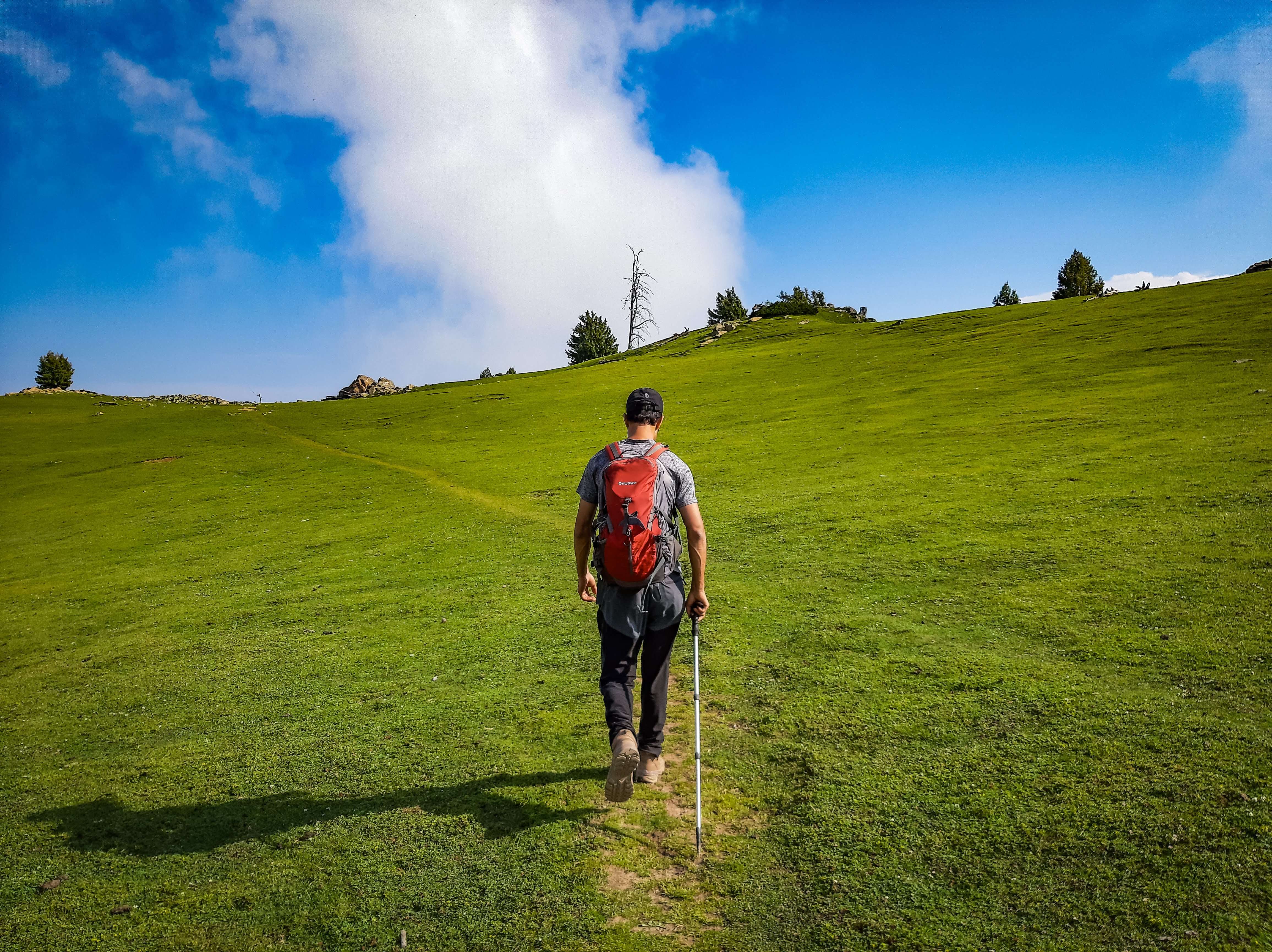
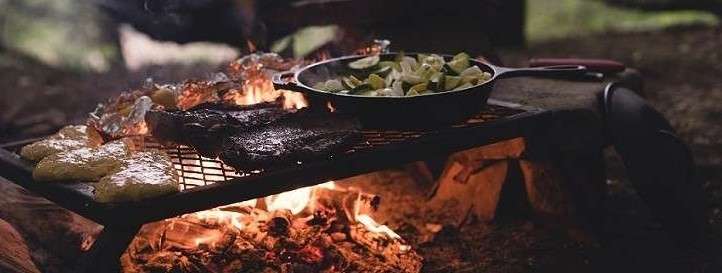
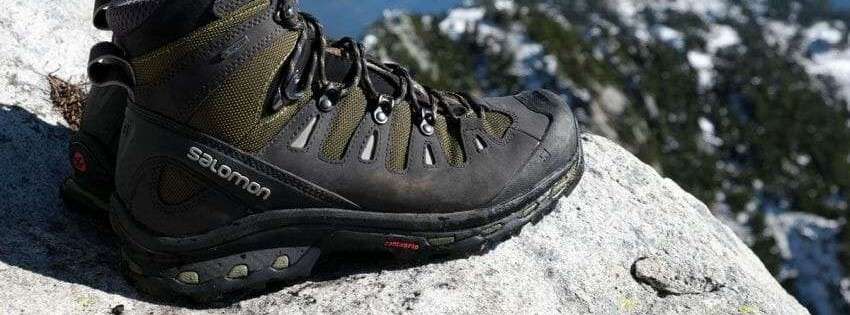
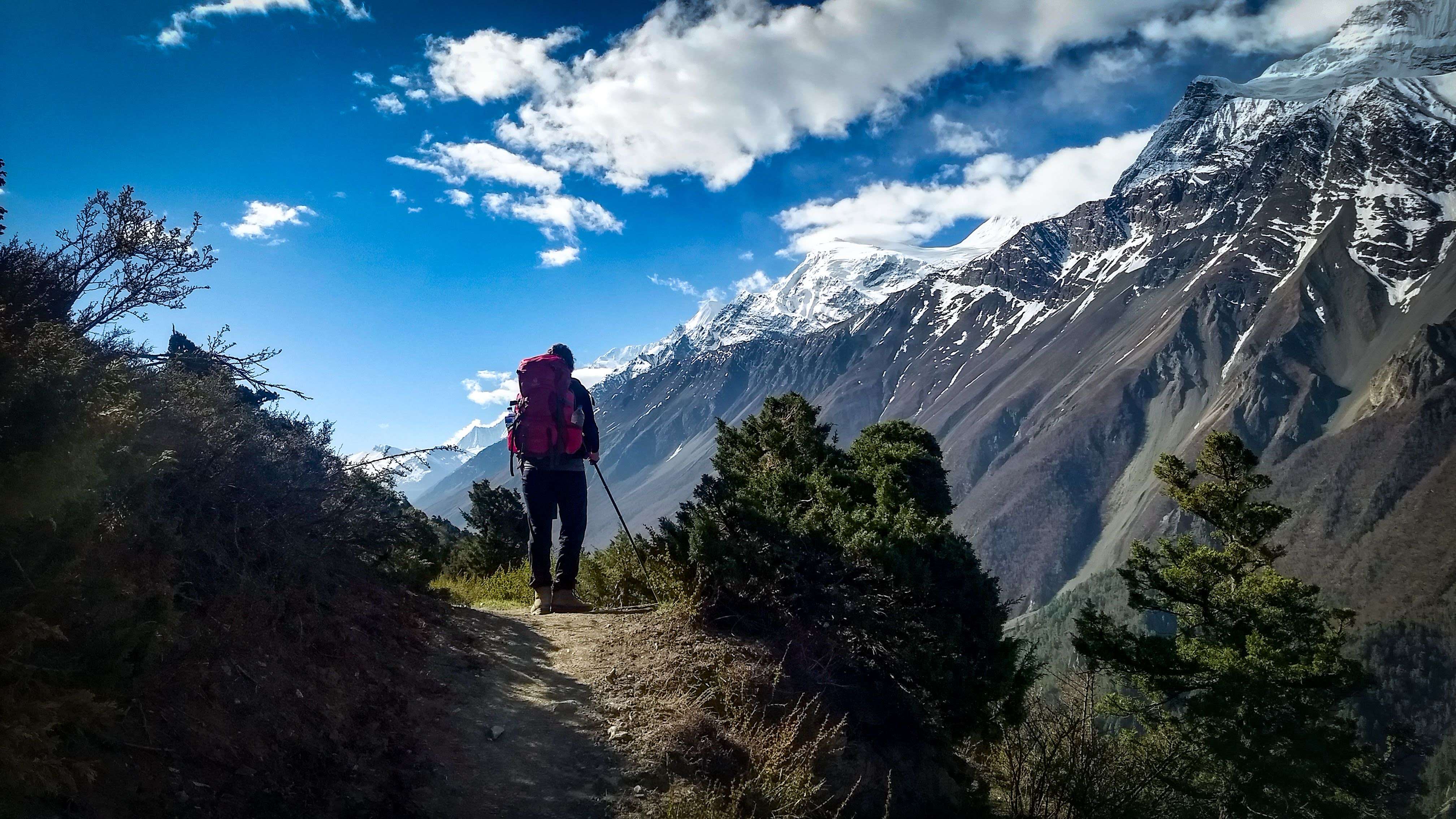

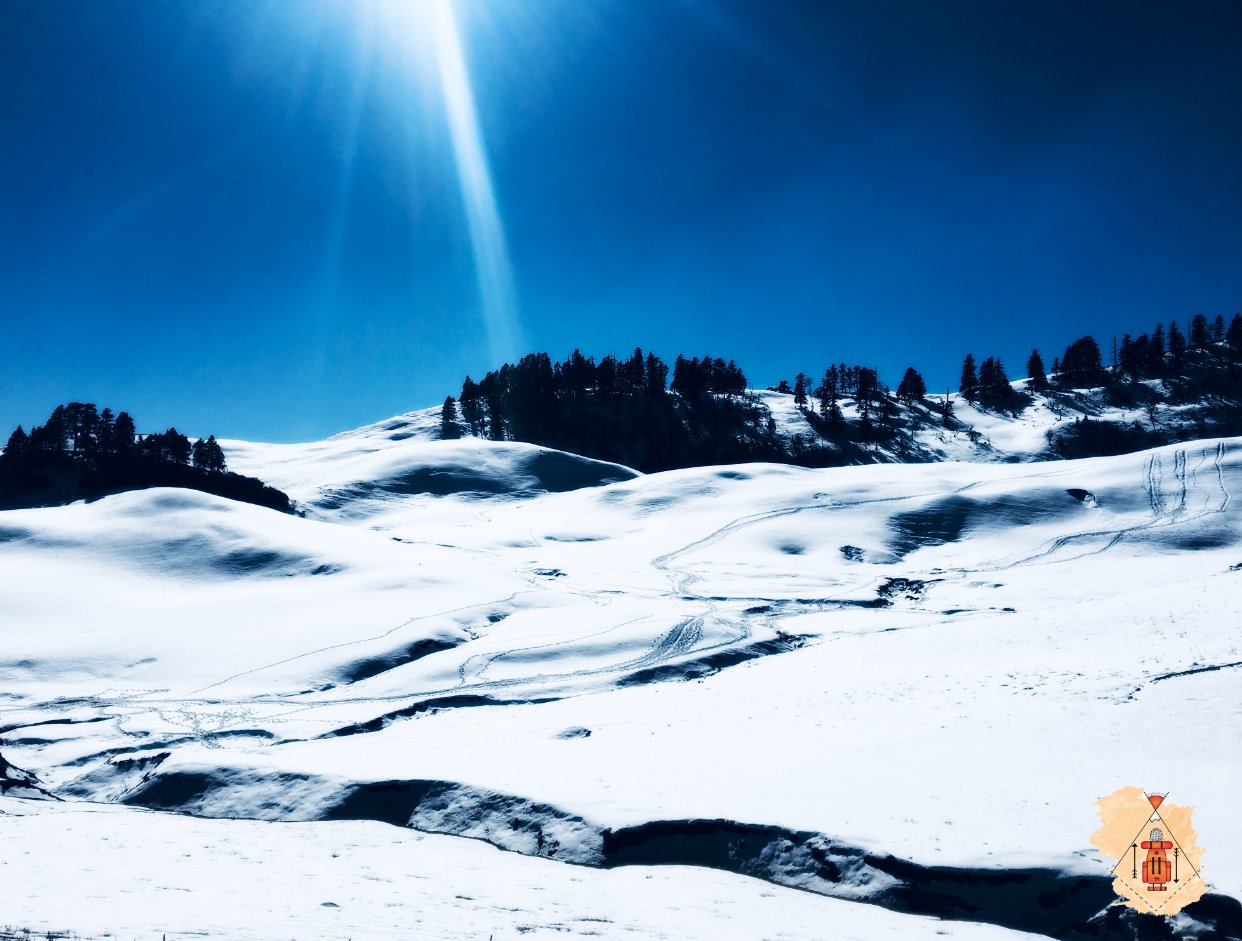
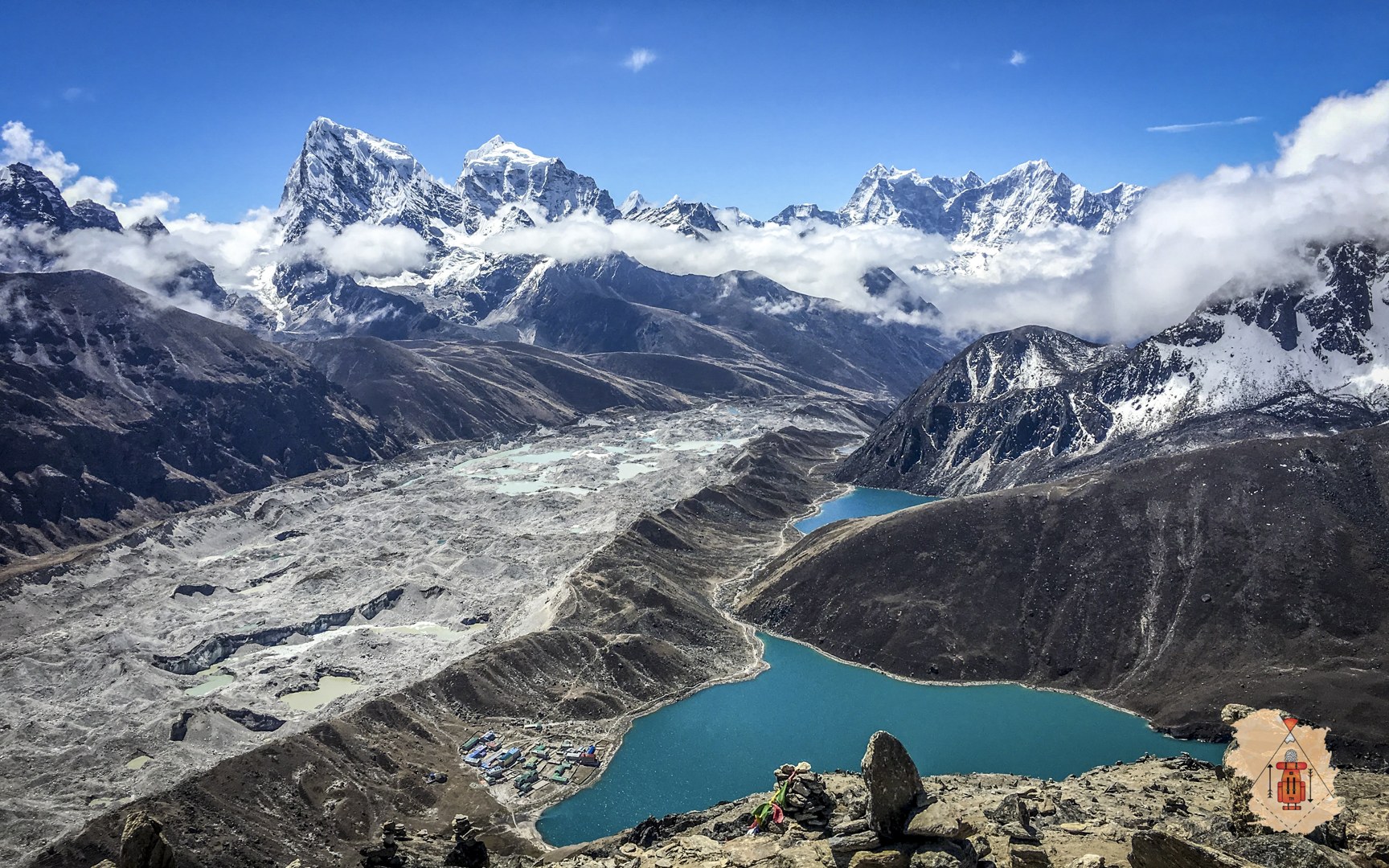
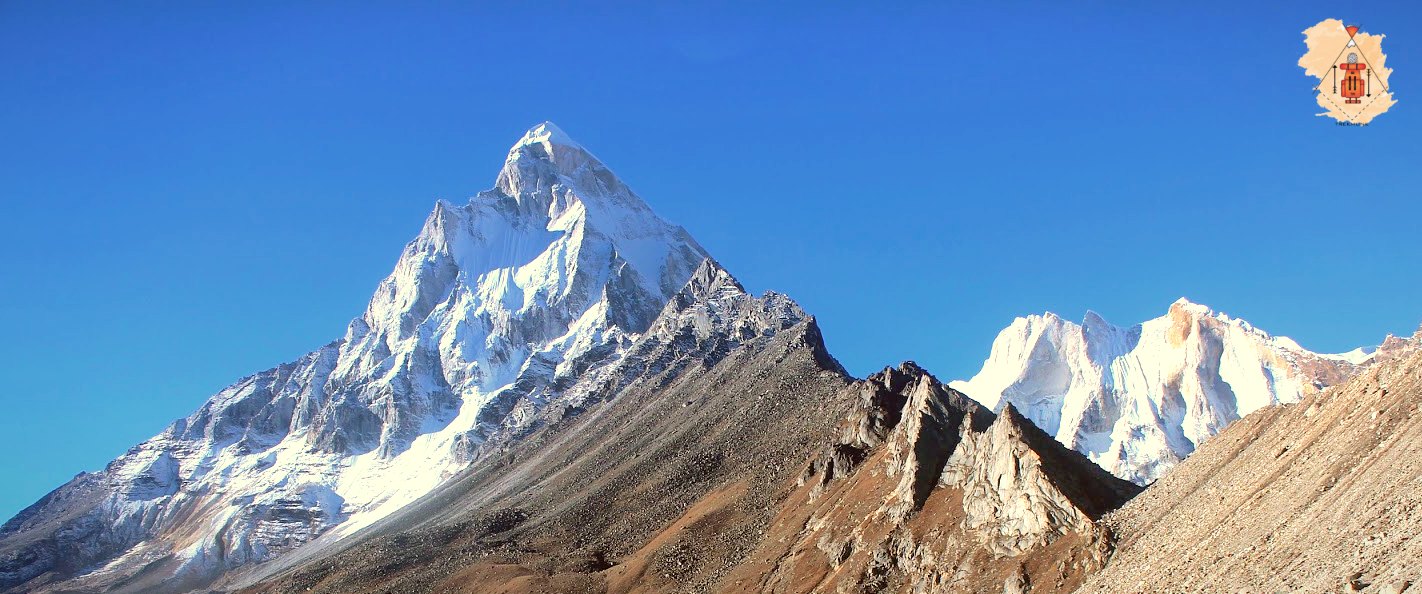
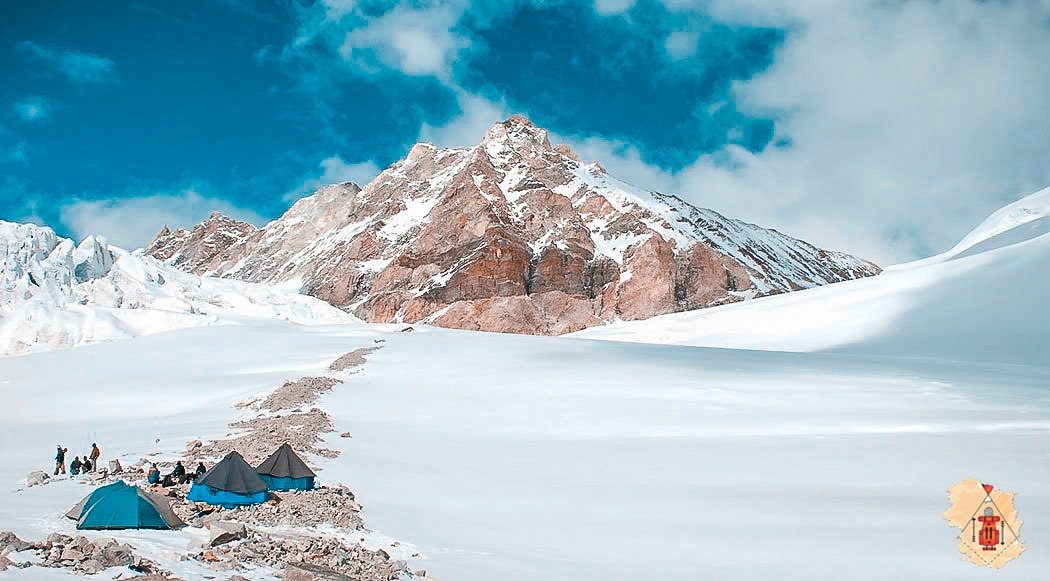
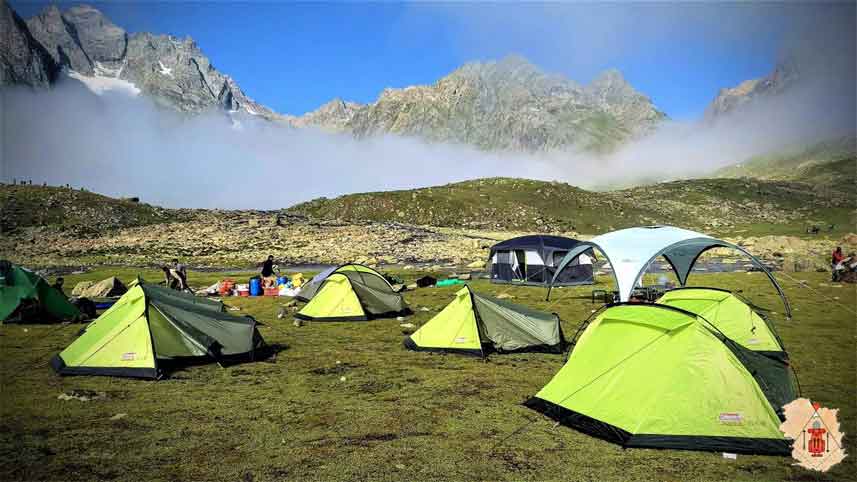
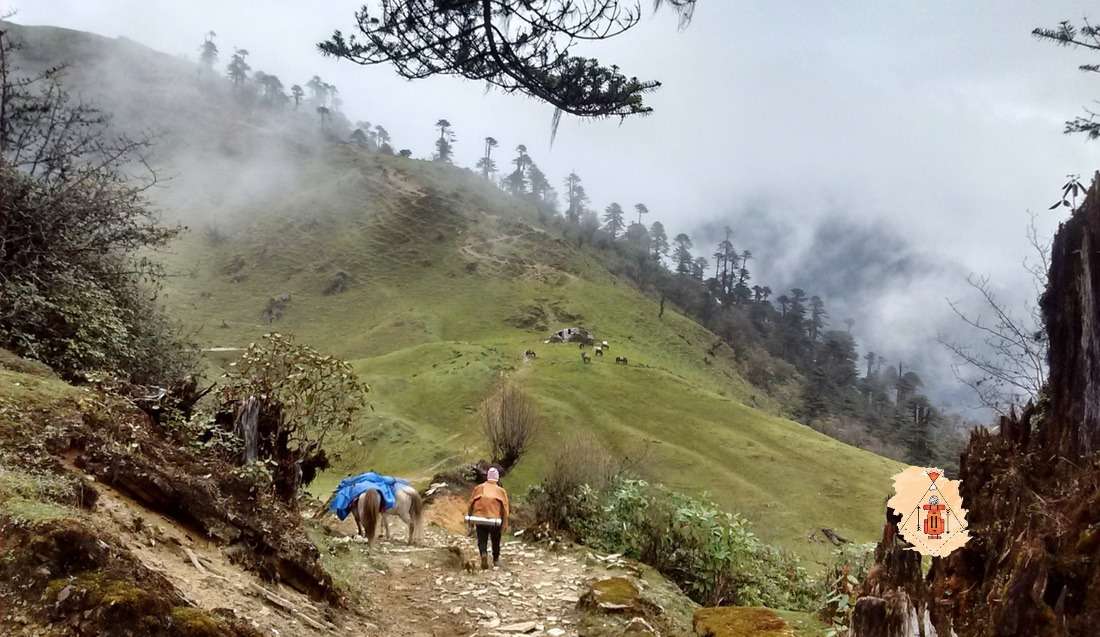
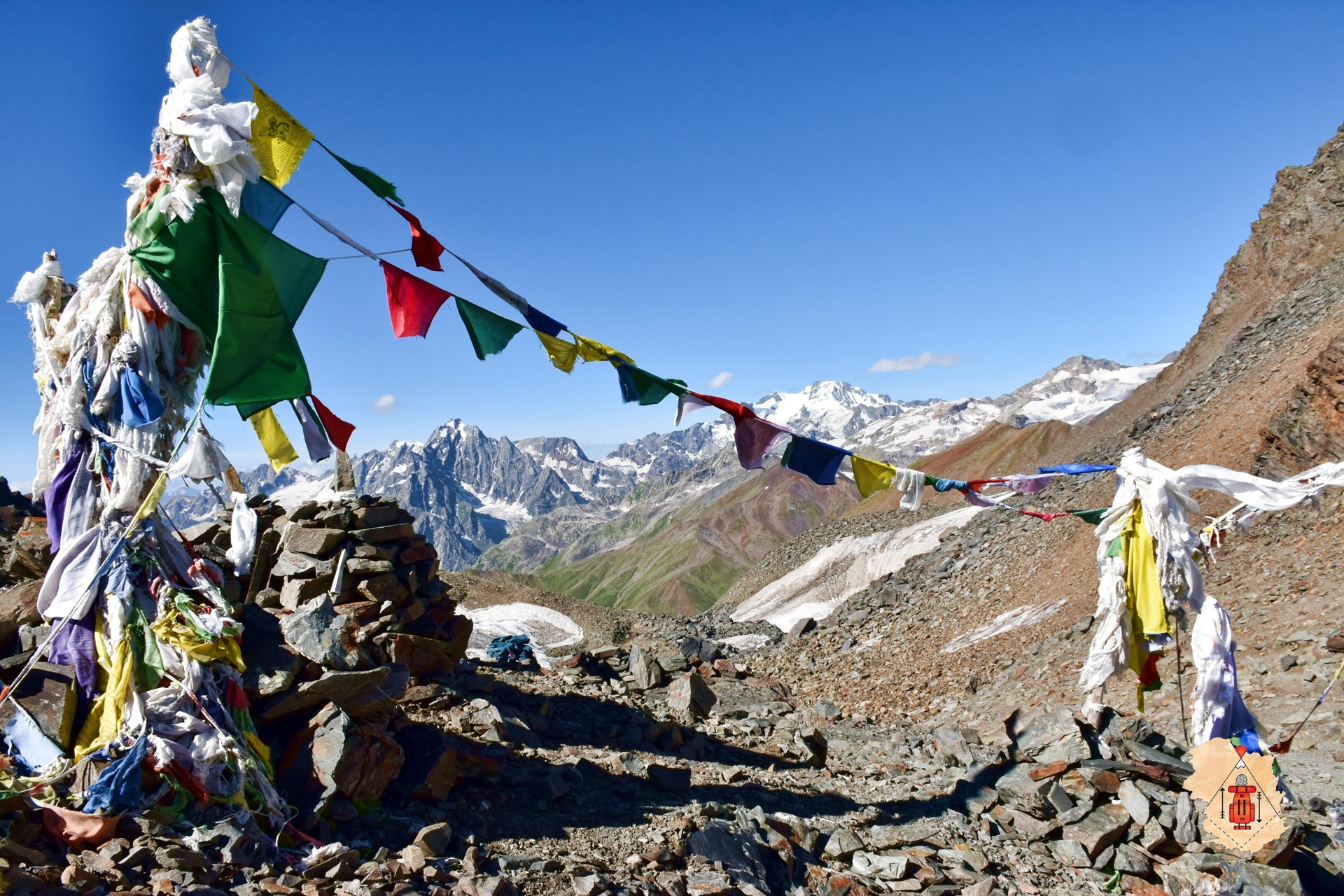
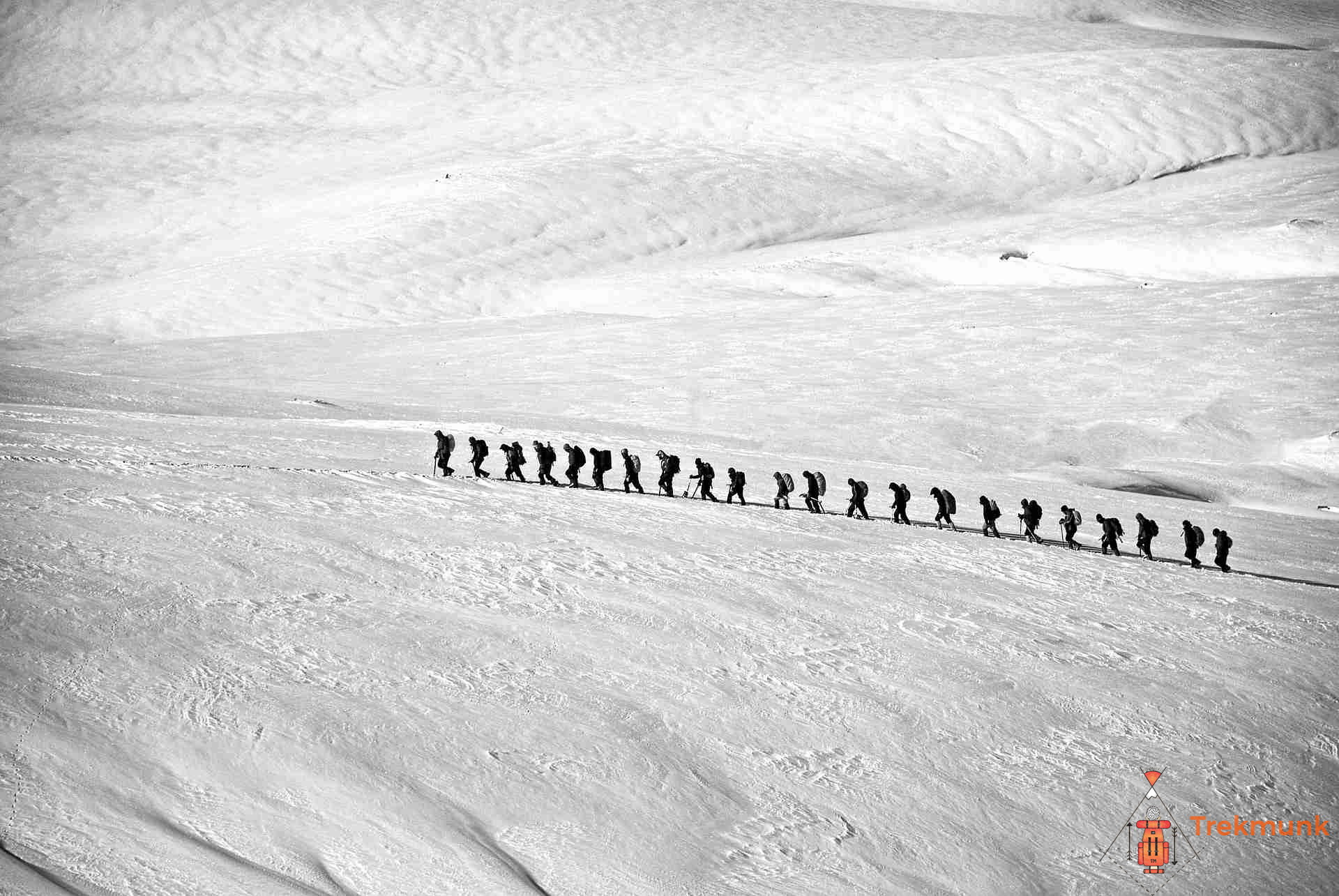
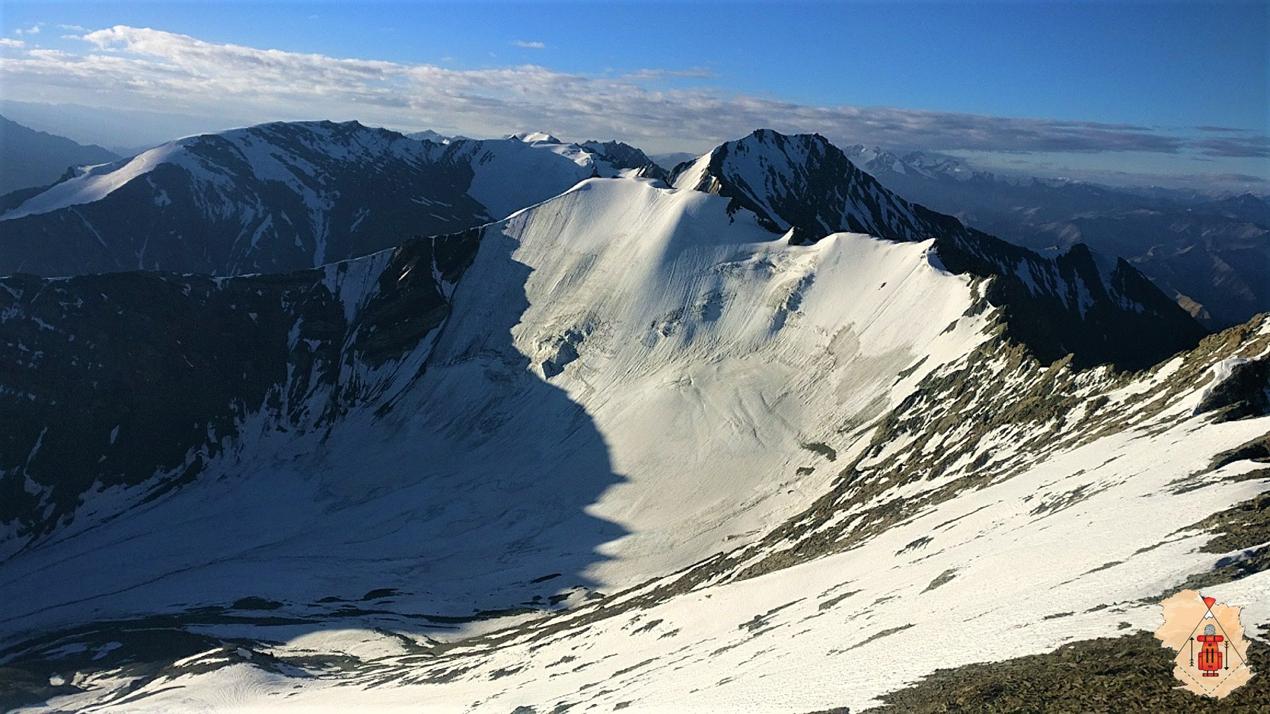
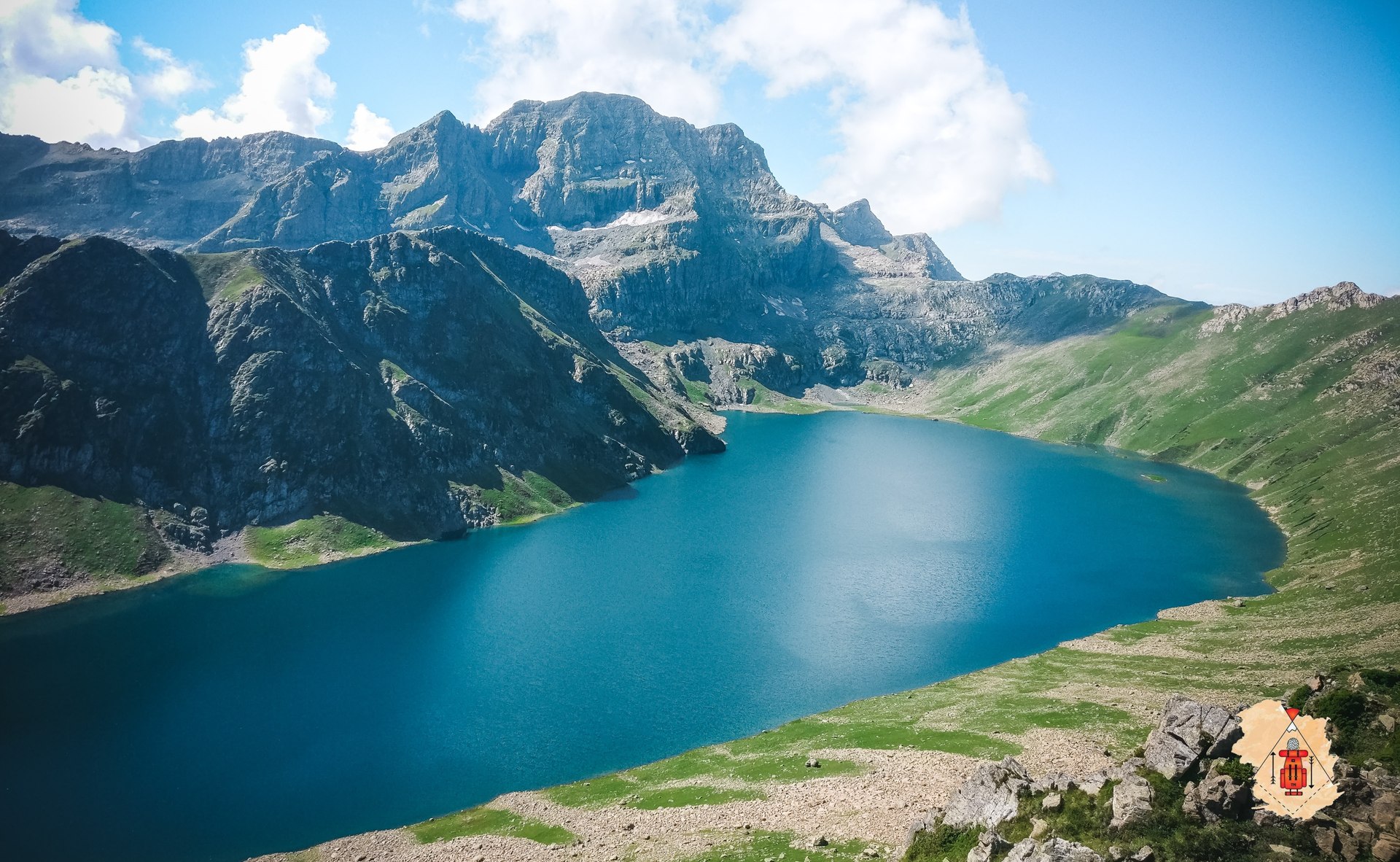
Harshit Patel : Co-Founder at Trekmunk. A certified Mountaineer, Skiier, has led more than 50 high altitude treks in the Indian Himalayas. He is an Engineer by profession but a traveler by passion. He has led treks in Kashmir, Ladakh, Uttarakhand, Himachal Pradesh, West Bengal, Sikkim and Nepal. He is a NOLS certified First Aid Responder and has covered 185,000+ km on Motorcycle. A Poet, Drone Pilot and Videographer at Insane Traveller Productions.